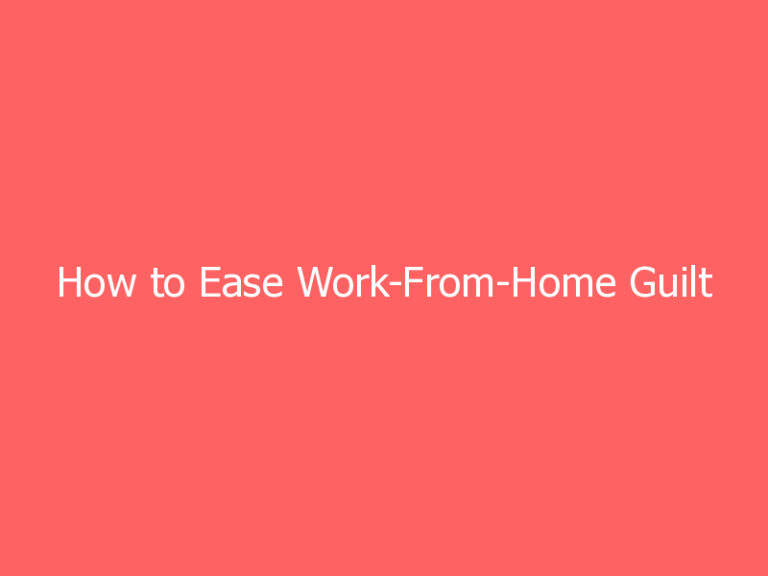Predictions are in, and the 2021 hurricane season is looming large. Property owners must seek out an insurance partner that can help manage the storm, but also be there long after the winds die down.
Hurricane risk continues to grow in both the number of named storms and in the volatility of an individual event.
To put that in perspective, 2020 was a record 30-named storm season, reaching an estimated $47 billion in damages. Predictions for the upcoming 2021 season show little change; numerous news and research outlets have already said this season is likely to be worse than the last.
The good news for property owners is that hurricane risk isn’t new, even though the magnitude of an individual event has shifted. This means an insurance partner that’s been around for past storms has the knowledge and experience to help insureds start to prepare for, mitigate and adapt to the challenges a hurricane brings.
It is key to find the right partner for the job.
Michael Price, CEO for North America, General Insurance, AIG
Michael Price, the CEO for North America, General Insurance at AIG, has stated that as a company positioned for the long-haul, AIG continuously builds out strategies and programs to address the changing risk landscape.
“The most important thing an insurance partner can do is be there for the client. That means reviewing their own capacity and managing the volatility within their own portfolio. You want a team that’s responsible, sustainable and consistent,” said Price.
Here’s what a responsible, sustainable and consistent insurance partner should look like, from the strategies they have at play to the way they work with their insureds to manage growing hurricane risk.
Having an Established Team That Listens Is Just the Start
The very first thing insureds should be looking for in their hurricane risk mitigation partner, is the partner’s ability to understand their goals. Insurers with a strong team already in place will know how to approach clients’ needs and address concerns when it comes to managing risk stemming from catastrophic perils.
“Writing property business and serving every client, from the very small to the largest, starts with listening,” said Duncan Ellis, Head of Retail Property at AIG North America General Insurance.
As he explained, a Fortune 500 company with extensive risk management capabilities shouldn’t be looked at the same way a small business might. Understanding the individual needs of the business and providing a product that best suits what their looking for is step one.
Step two is getting to the bottom of the client’s strategies already at play and developing solutions to bolster such efforts.
“As the insurance partner, we’re looking to see what the client might have missed or what they might not be thinking about. In our discussions, we listen to see if they’ve analyzed their preparedness and what we can add to that. Where have their risk mitigation efforts landed? How is their risk better this year versus last year? And then, how can we use that to better manage the buying experience?” Ellis said.
Whether it be a property looking for insurance in the retail or wholesale space, Cliff Hope, Head of Property for Lexington Insurance Company, an AIG surplus lines insurer, added that bringing value has to start with what the insurance team can offer.
“Specific to CAT perils, insurance partners should be able to offer extensive risk mitigation advice to our clients,” he said. “For AIG, we go out and act as extra eyes on their locations, making recommendations as to how to improve loss control strategies and make them less susceptible to risk.”
Additionally, for insureds who conduct business on a global scale, an insurance partner capable of handling multinational risks is optimum. Having at-home risk management is great, but keeping all properties protected from storm surge will go a long way in managing costs and protecting assets. A partner that has multinational-capability will bring added value because they understand local policies and can adhere to each when underwriting.
Updating Strategies to Meet Growing Needs: Modeling, Underwriting & Pricing
Duncan Ellis, Head of Retail Property at AIG North America General Insurance
In addition to listening, a good hurricane risk partner must be able to adapt to an ever-changing landscape. For starters, more and more properties are cropping up along the coast. Condominiums, homes, strip malls and other complexes are adding to the coastal boom.
“Growth in coastal and other CAT exposure regions has grown exponentially in the past few years,” said Ellis. “It’s our job as the insurance partner to keep track of the exposures these structures face and work with the insured to manage them. Many are in wind, quake and flood-prone areas, and so we want to make sure we’re in a position where our limits management, financial strength and post-event viability are in top order. We start by using models and go up or down from there.”
Modeling is one of the greatest tools in the insurance professional’s toolbox. Every location under an insurance partner’s watchful eye is captured in those models, which enables the team to run scenarios on that book of business and work with the client to provide strong risk management and insurance strategies.
A changing landscape doesn’t just mean the actual, physical properties lining the beaches, either; as stated, hurricane volatility is on the rise and activity is more frequent. The pricing landscape has gone up for many insureds because of this.
Insurers know that underpricing hurricane products will lead to insufficient funds and unhappy clients in the long run. However, a responsible, sustainable and consistent insurance partner will be aligned with the pricing curve: “CAT activity is dynamic; it’s changing every year, and so an insurance partner has to have the capability to modify terms and conditions as things change,” Hope said. “That starts with the underwriting process.”
At AIG, the team is ever vigilant to these changes and is constantly reviewing their book of business to make sure they’re putting out responsible limits.
“Clients coming to AIG are in a good space, because we’re looking at our exposures and underwriting and pricing accordingly,” said Hope.
What it Truly Means to be There for the Long-Haul
Cliff Hope, Head of Property for Lexington Insurance Company, an AIG Surplus Lines Insurer
The property marketplace has always adapted to modern risk. Recent hurricane activity has sparked new interest for entrants, especially as pricing starts to look attractive for some. But when it comes to managing such a volatile and growing risk, businesses need to know that the deep-rooted knowledge and expertise of their insurance partners will outlast a single season.
AIG has been around for more than a hundred years — a fact that only drives its team to continue to provide clients with the structures they need to keep going. This is one insurer that not only understands what it takes to be a partner during catastrophic perils, but also knows how vital it is to be able to provide post-event viability to its clients.
“AIG offers a wide variety of comprehensive risk solutions and is well positioned to aid clients through the most severe storms,” Price said. “By managing our exposures proactively, AIG is in a position to offer terms and conditions to meet client needs.”
“We take the time to listen to our clients, review their efforts, marrying those with our own practices to better serve their property needs,” Ellis added.
Additionally, the experienced claims team within AIG is positioned to provide immediate assistance when an event happens, never leaving clients in the lurch. “We have the capabilities to deploy our own dedicated claims professionals to manage CAT claims. It’s part of our written Claims Promise to our clients that within seven days we will provide an advance on an agreed-upon property damage estimate,” Ellis said.
Further, AIG has footing in the alternative property space, where experts review and recommend parametric coverages that could be of use to clients.
With all of these strategies at play, the team is ready and confident to address the growing needs of their clients long after the storm dies down.
“We’ve been a partner in insurance for more than a hundred years. We’re positioning ourselves now to be around for a hundred more,” said Hope.
To learn more, visit: https://www.aig.com/business/business-claims/catastrophe-preparedness.
This article was produced by the R&I Brand Studio, a unit of the advertising department of Risk & Insurance, in collaboration with AIG. The editorial staff of Risk & Insurance had no role in its preparation.
AIG is a leading international insurance organization serving customers in more than 80 countries and jurisdictions.
Originally found on Risk and Insurance Read More







